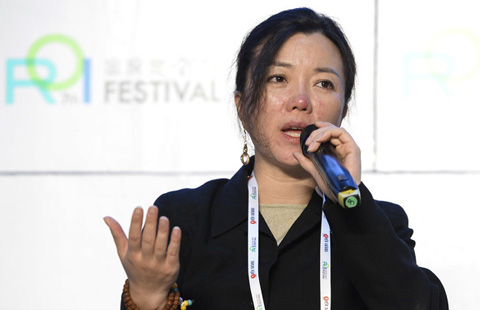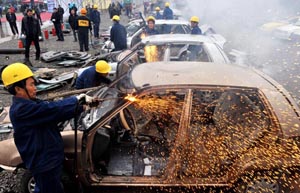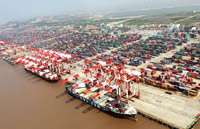Anbang plans acquisitions around world
(Agencies) Updated: 2015-02-06 07:46In pursuing deals, Anbang seeks to pay below book value for companies that generate a return on equity of more than 10 percent, Wu said, according to the transcript.
He contrasted the Waldorf purchase favorably with the cost of property in Beijing's financial district.
Anbang was founded in 2004 with shareholders including State-owned enterprises SAIC Motor Corp and China Petroleum & Chemical Corp, known as Sinopec. The company is one of China's "largest insurance conglomerates", with assets of more than 700 billion yuan ($112 billion) and in excess of 30,000 employees and 3,000 outlets, according to its website.
Anbang's buying spree has included acquiring Belgian insurer Fidea NV and Belgian banking operations of Delta Lloyd NV.
In China, the firm's stakes have spanned property companies China Vanke Co and Gemdale Corp, China Merchants Bank Co, and Financial Street Holdings Co, a developer of financial-district properties in Beijing.
Anbang's 35 percent stake makes it the biggest shareholder in Chengdu Rural Commercial Bank Co, a lender in Sichuan province that had 429 billion yuan of assets at the end of 2013, according to its annual report.
Anbang paid 5.6 billion yuan for the holding in 2011, consolidating the bank into its financial statements at a time when its own assets were a fraction of the lender's, according to Caijing magazine.
In his comments at Harvard, Wu said the bank's bad-debt ratio had fallen to 0.85 percent from 18 percent when Anbang bought in, and the lender consistently reported a return on equity of more than 20 percent.
- China's RRR cut not start of strong stimulus
- China, Maldives launch feasibility study on FTA
- China sees difficulty in bloated steel industry in 2015
- China Telecom eyes 100m 4G customers in 2015
- China, Argentina to jointly build nuclear power plant in Argentina
- Private equity firms enjoy a 'banner year' in China
- New high-tech index debuts on Shenzhen SE
- Tencent raises $2b in two-part bond sale

















